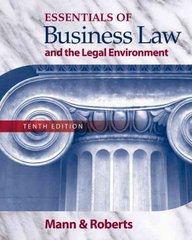
Mictel Corporation has a world monopoly on the production of personal computers. It can make two kinds of computers, low-end and high-end. The total population of prospective buyers is P. There are two types of prospective buyers: casual users and intensive users. The casual ones comprise a fraction c of the population, and the rest, (1 c), are the intensive users. The cost of production of the two kinds of machines, and the benets gained from the two by the two types of prospective buyers, are given in the following table {all gures in thousands of dollars): Each type of buyer calculates the net payoff {benet minus price) he would get from each type of machine, and buys the type that would give the higher net payo provided this is nonnegative. If both types give equally nonnegative net payoffs for a buyer, he goes for the high end; if both types have negative net payoff for a buyer, he does not purchase. Mictel wants to maximize its expected prot. 1. If Mictel were omniscient, then knowing the type of a prospective customer, the company could offer to sell him just one type of machine at a stated price, on a. take-it-or-leaveit basis. What kind of machine would Mictel offer, and at what price, to what kind of buyer? 2. In fact, Mictel does not know the type of any particular buyer. It just makes its catalog available for all buyers. to choose from. Suppose the company produces just the low-end machines and sells them at price 1);. What value of Par. will maximize its prot? How does the answer depend on c, the proportion of casual users in the population? 3. Now suppose Mictel (not knowing the type of any particular buyer] produces just the high-end machines and sells them for price p,,. What value of 33,, will maximize its prot, and how does the answer depend on c? 4. Finally, suppose the company oers both types of machines, selling the low-end ones for price p; and the high-end ones for price pg. What are the incentive compatibility constraints on p: and 13,, that the company must satisfy if it wants the casual users to buy low-end machines and the intensive users to buy high-end machines? What is the company's expected prot from this policy? What values of pi and pg, will maximize the expected prot? How does the answer depend on c








